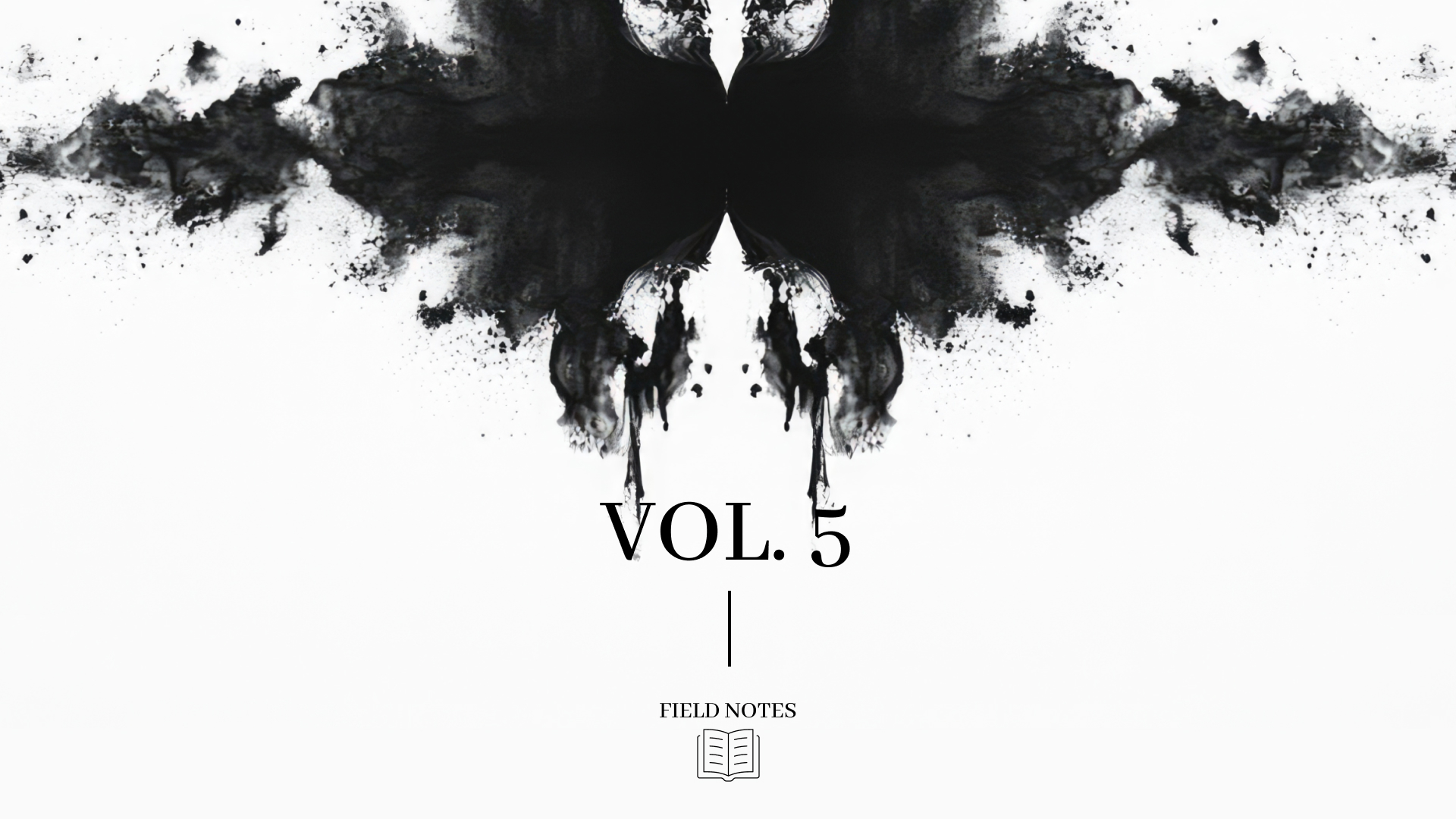
Somewhere along the way, “T-shaped designers” turned into frankly ... “unicorns,” and now, we expect designers to do everything. UX, UI, research, coding, product strategy, animation, marketing, front-end … the list goes on and on.
But here’s the truth: You don’t need to be a unicorn designer to be successful. In fact, the pursuit of unicorn status often leads to burnout, frustration, and a diluted skill set that’s spread too thin. It can even have you questioning if this is the right career path for you.
So, where did this expectation come from? And is it really necessary to succeed in today’s design world?
Where Did the Unicorn Expectation Originate?
The idea of a unicorn designer or someone who excels in multiple disciplines kinda grew out of necessity.
- Startups and Lean Teams: In early-stage companies, designers have to wear multiple hats. They design the interfaces, conducted user research, maybe a little marketing, and sometimes even handled front-end development.
- Cost Efficiency: As tech companies scaled, hiring “all-in-one” designers seemed more economical than building out larger teams.
- Hybrid Skillset Hype: The rise of terms like “T-shaped” and “M-shaped” designers reinforced the idea that success required expertise across multiple domains.
But what started as a survival strategy for designers, and small teams became a widespread (and often unrealistic) expectation in the industry.
Specialist vs. Generalist: Understanding the Range
To make sense of where unicorns fit in, it’s helpful to look at the range of design roles (I'm sure I'm missing someone here):
- Specialist: Deep expertise in one area … like UX research, UI design, product design, or front-end development. Specialists thrive in larger organizations where roles are well-defined and they have the ability to dig deep.
- Generalist: Broader skill set across multiple disciplines. Generalists are often better suited for startups or smaller teams where they can pivot as needed.
- Hybrid Designer: A blend of both. Sometimes called T-shaped or M-shaped designers, they have a core strength with working knowledge in complementary areas.
Analogy time: Think of a specialist like a surgeon, a generalist is like a family doctor, and a hybrid designer is like an ER doctor who can handle a bit of everything when necessary.
What the Industry Really Needs (And Why It’s Not always Unicorns)
The idea of a unicorn designer sounds great in theory … but in practice, you will be lucky to find a real one. And, for the designer it’s often a recipe for burnout and sometimes inefficiency.
Here’s what the industry really needs (IMO):
- Focus on Cross-Functional Collaboration: Successful teams are built on collaboration between specialists and generalists, not overloaded unicorns.
- Strategic Skill Depth: Deep expertise in a few areas often has more impact than shallow knowledge across many.
- Adaptable, Not Exhausted, Designers: Hybrid skills are valuable, but asking one person to master everything leads to diminishing returns.
During my time at Deloitte Digital and Cinchio, I’ve seen firsthand how well-balanced teams drive the best outcomes. Specialists bring depth, generalists bring flexibility, and together, they cover the full spectrum of needs without expecting one person to do it all. Not only does this lead to better efficiencies but also some amazing solutions.
When Does It Make Sense to Be a Hybrid?
Being a hybrid designer has its place, speaking as a hybrid designer. In certain contexts, having a broader skill set is a huge advantage. Hybrid designers shine in:
- Startups and Early-Stage Teams: When resources are limited, versatility is key. You are good enough to be dangerous at just about anything 😉.
- Freelance and Consulting Roles: Independent designers often benefit from being able to handle different aspects of a project.
- Cross-Disciplinary Leadership: Design leaders who understand multiple domains can guide teams more effectively. I often say I want to understand how each domain works, I know I can't be the smartest person in the room and I shouldn't be. I should have that understanding and respect for those that specialize and hold that passion for that given domain.
It’s tough, as often designers exiting college don’t fully know where they will land and so you tend to find yourself being that young unicorn. The key is intentional growth. You don’t need to be a unicorn by default … but knowing when to lean into hybrid skills can be a game-changer.
Charting Your Own Path
If you’re wondering whether to specialize or diversify, start by asking yourself:
- What do I enjoy doing most? Lean into your strengths and passions. You can always stretch into other areas, but lean in where it feels right.
- Where do I want my career to go? Leadership, freelance, deep specialization, something else? Different paths require different skill sets. Take the time to understand them as best you can. And don't be afraid to ask questions of those in your network that have gone down those paths.
- What gaps do I want to fill? Consider expanding your knowledge in complementary areas without trying to master everything at once. No matter your age or career status ... always look to grow and continue to learn.
A little Tip: Conduct a quick skill audit. Map out your core strengths and identify 1–2 areas where cross-training could add value to your skills.
You Don’t Need to Be a Unicorn to Be Valuable
At the end of the day, being a great designer isn’t about being a unicorn. It’s about knowing where your strengths lie, understanding how to collaborate with others, and intentionally growing where it matters most.
Whether you’re a specialist, a generalist, a hybrid, or something else ... the key is to focus on delivering value … not trying to do it all.
So, what are your thoughts? Have you felt pressure to be a unicorn designer? I’d love to hear about your experiences! Let me know on LinkedIn.

Until next volume, thanks for joining me.
Andrew Preble
